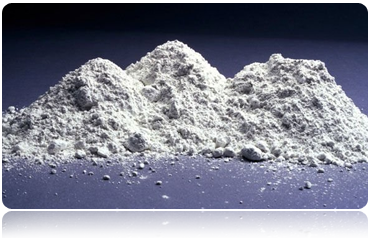| S no |
Type of cement |
End Use |
| 1 |
OPC 43 |
Used widely for general construction work. |
| 2 |
OPC 53 |
Used in RCC and pre-stressed concrete of higher grades, cement grouts, instant plugging mortars etc. where initial higher strength is the criteria |
| 3 |
OPC 53 S |
Used in Precast, prestressed concrete sleepers e.g., for railways, R.C.C. bridges, Precast concrete element like tiles, pipes, grills, door frames and manhole covers, prestressed electric poles.
Characteristics – High compressive strength, anti-crack, anti-corrosion cement |
| 4 |
Portland Slag
Cement (PSC) |
PSC is preferred over OPC for usage in constructions where the structures are vulnerable to sulphate and
chloride attack. eg Marine structure, structures near the sea, sewage disposal treatment works,
water treatment plants, etc. |
| 5 |
Portland Pozzolana
Cement (PPC) |
The long-term strength of PPC is higher compared to OPC. PPC provides greater resistance to the attack
of aggressive waters than normal OPC. PPC can be used for all types of construction. |
| 6 |
Sulphate Resisting
Portland Cement (SRC) |
SRC can be used for foundation, piles, basements, underground structures, sewage and water treatment
plants and coastal works, where Sulphate attack due to water or soil is anticipated |
| 7 |
White Cement |
Usage is generally meant for non-structural works. It is used for architectural purposes such as mosaic tiles,
wall paintings, GRC and special effects. |
| 8 |
Clinker |
Clinker is needed in the construction work of complexes, houses and bridges and is also intermediate product for manufacturing cement. |
| 9 |
GGBS/ GGBFS |
GGBS is known to provide significant superiority in concrete durability; concrete made with GGBS cement sets more slowly than concrete made with ordinary Portland cement. Provides high resistance against alkali-silica reaction (ASR), sulfate and chloride ingress — reducing the risk of reinforcement corrosion.
Two other major
uses of GGBS are in the production of quality-improved slag cement, namely Portland Blast Furnace cement (PBFC) and High Slag Blast Furnace cement (HSBFC), with GGBS content ranging typically from 30 to 70%;
and in the production of ready-mixed or site-batched durable concrete. |





